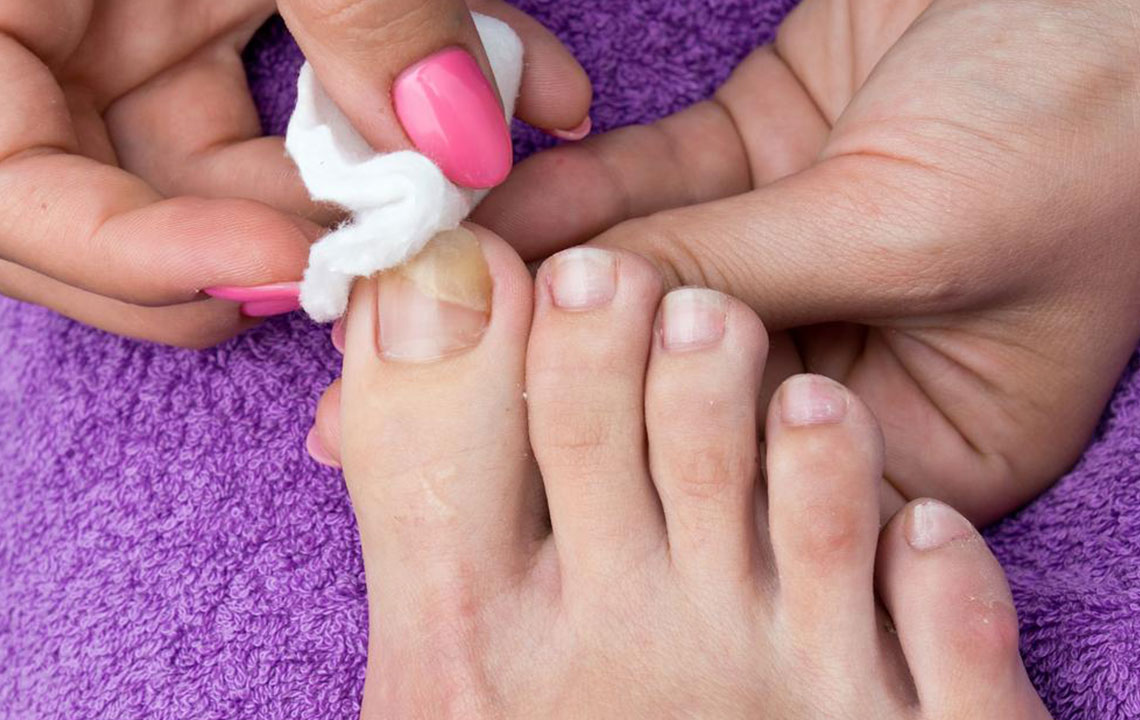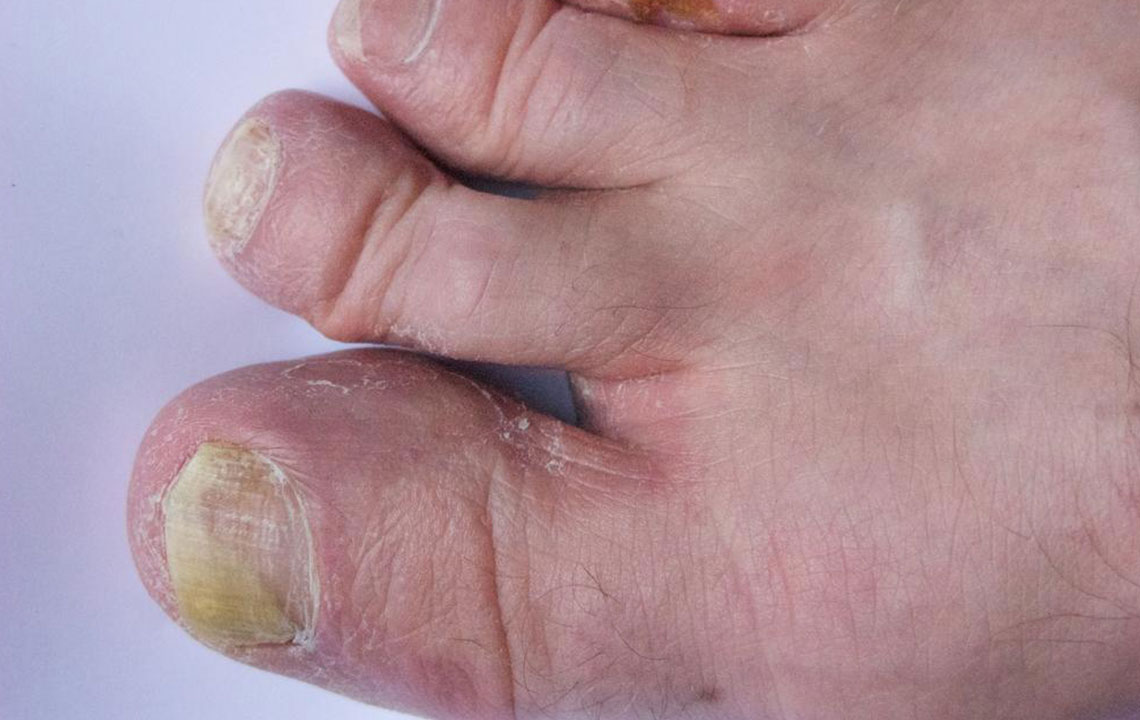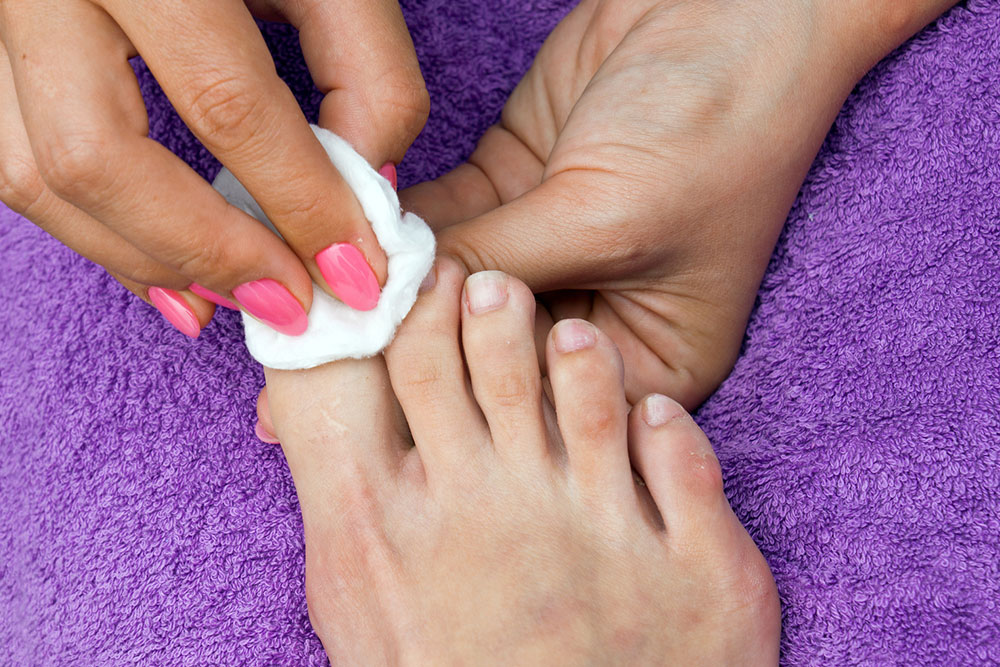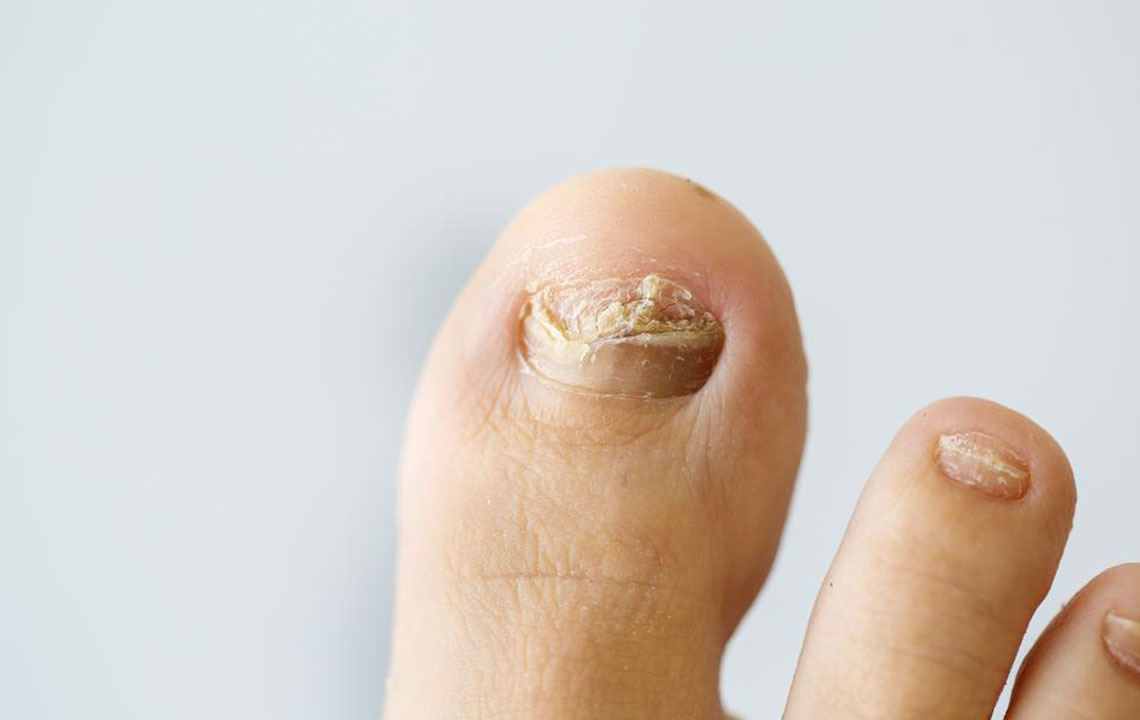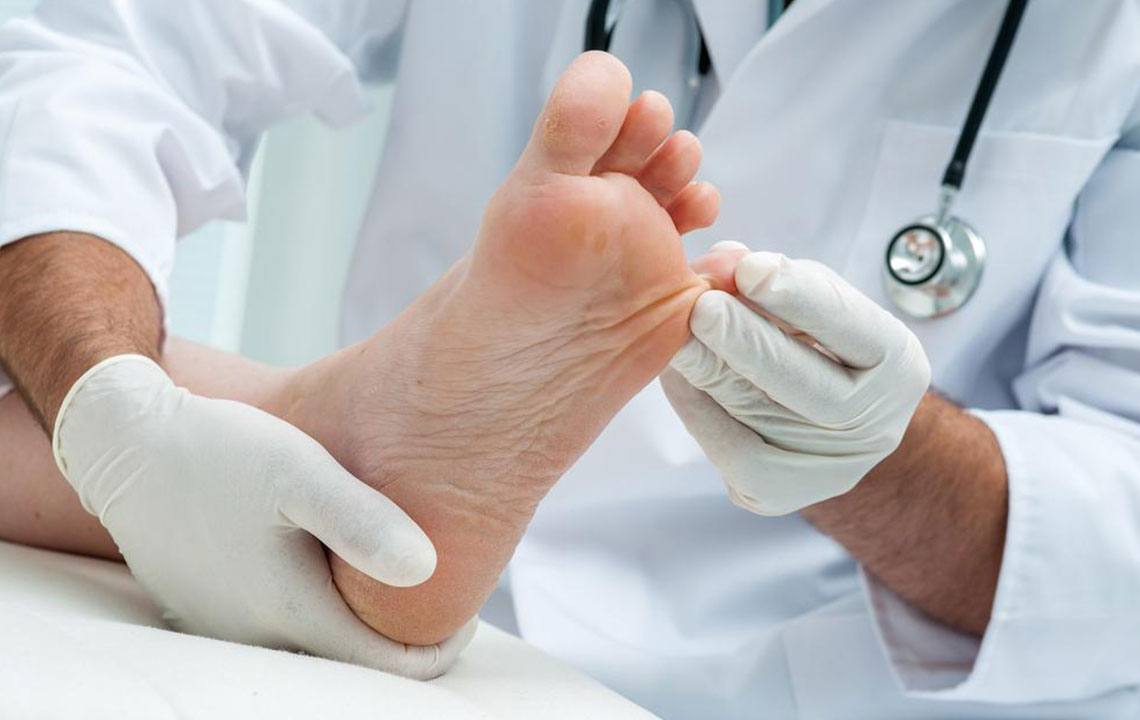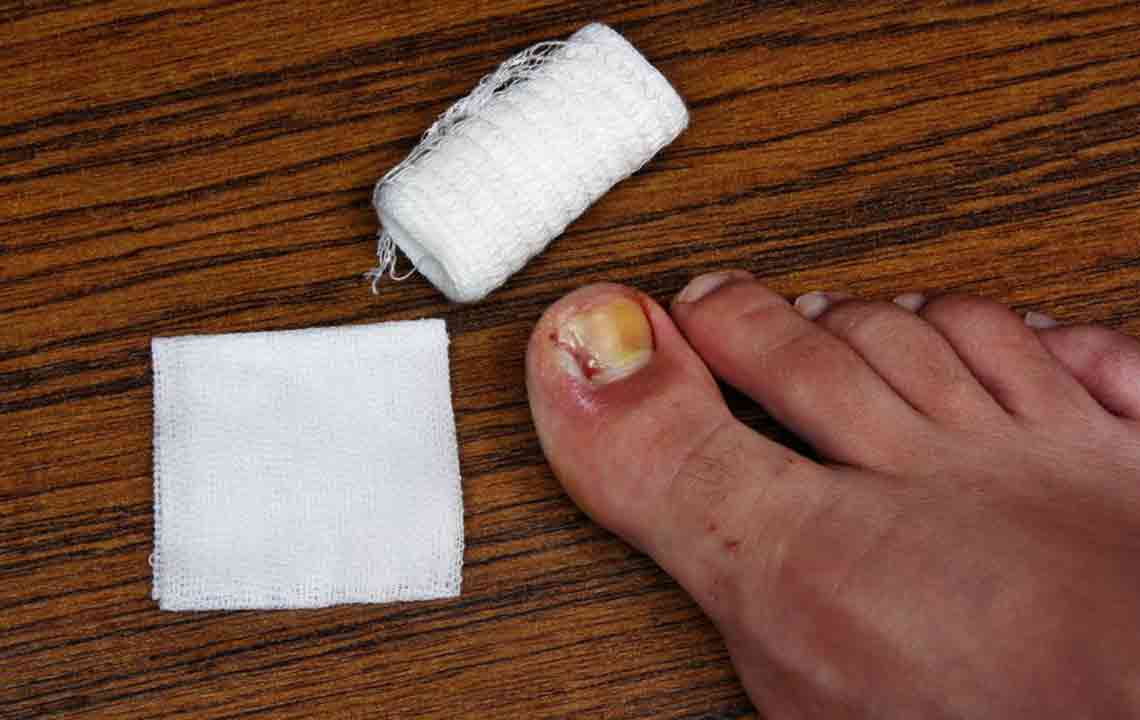Revolutionary Laser Treatments for Persistent Toenail Fungus: A Modern Approach
Discover the latest advancements in laser therapy for toenail fungal infections. This minimally invasive treatment targets fungi efficiently, offering an effective alternative to traditional methods. Learn how modern laser techniques can restore healthy nails with less discomfort and faster recovery, especially for stubborn and resistant infections. The article covers the mechanisms, benefits, and technological innovations behind laser treatment, providing comprehensive insights into this cutting-edge dermatological solution.
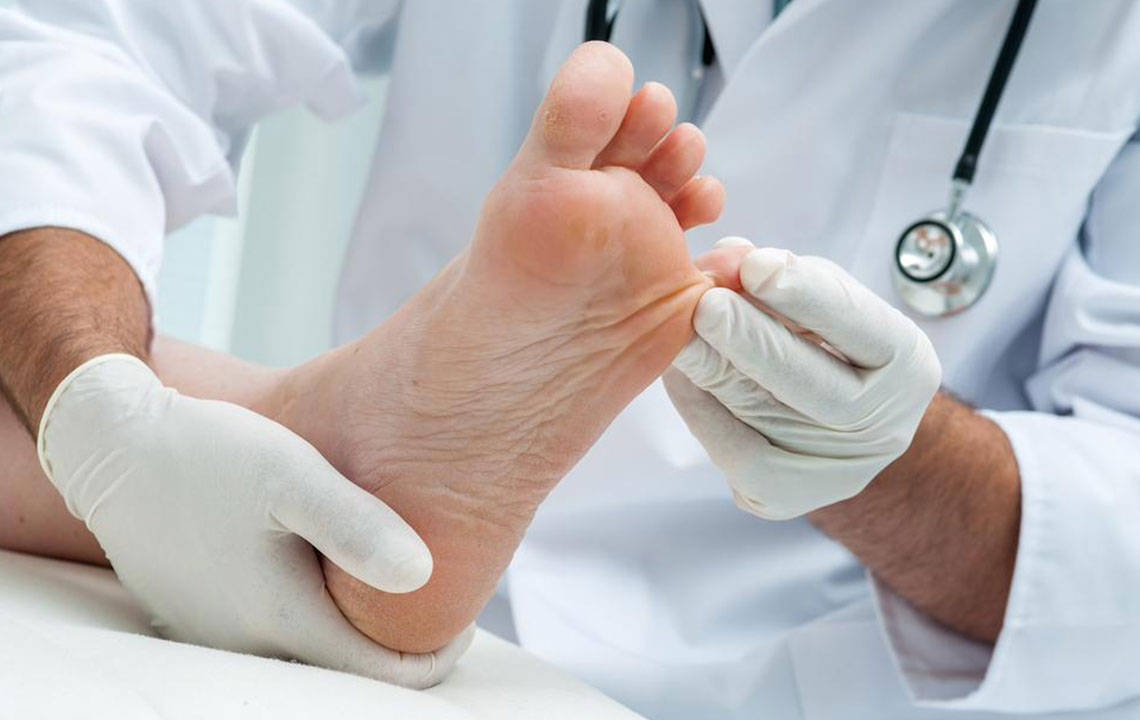
Revolutionary Laser Treatments for Persistent Toenail Fungus: A Modern Approach
Toenail fungal infections, medically known as onychomycosis, have long presented a significant challenge in dermatological care. This condition, characterized by thickened, discolored, and brittle nails, can cause not only aesthetic concerns but also discomfort and sometimes pain. Without timely and effective treatment, the infection can progress, leading to more severe complications and even potential damage to the nail bed. Traditionally, managing toenail fungus involved methods such as maintaining impeccable foot hygiene, applying topical antifungal creams, and taking systemic oral medications. While these approaches are effective in many cases, persistent or resistant infections often require more advanced treatments.
In recent years, laser therapy has emerged as a groundbreaking alternative to conventional treatments for stubborn toenail fungal infections. This innovative approach utilizes focused light energy to target and eliminate fungal pathogens directly within the nail tissue, offering a minimally invasive, efficient, and patient-friendly solution. The advent of laser technology in dermatology has revolutionized how healthcare professionals address onychomycosis, providing hope to patients who have struggled with ineffective treatments or adverse side effects from medication.
Understanding how laser therapy works can illuminate its potential benefits. Unlike traditional surgical options, which often involve physically removing infected tissue or using deep medication injections—procedures that can be painful and carry risks—laser treatments offer a gentler alternative. The procedure involves directing specific wavelengths of light into the infected nail and underlying tissue, where the energy heats up and eradicates the fungus without damaging surrounding healthy tissue. This precision minimizes discomfort and accelerates recovery times.
Delving into the mechanics of laser therapy reveals several advanced techniques. For instance, the fractional carbon dioxide laser—one of the most effective tools—penetrates through the superficial layers of the nail and delivers focused energy to deep-seated fungal colonies. The laser's wavelengths are carefully selected to maximize absorption by the diseased tissue, which results in high-temperature zones that kill fungal cells efficiently. This targeted approach spares the surrounding healthy tissue, reducing complications and discomfort.
While laser therapy is associated with higher costs compared to traditional methods, many patients find the benefits outweigh the expenses. The procedure is usually performed in outpatient clinics, often requiring only a few sessions to see noticeable improvements. Moreover, because laser treatments do not involve systemic medications, they eliminate concerns related to drug interactions, side effects, or prolonged treatment durations. Patients with recurrent or resistant fungal infections are especially good candidates for laser therapy, as it offers a promising solution when other treatments have failed.
Recent advancements have continued to refine laser technology, making it safer, more effective, and more accessible. The use of diode lasers, erbium lasers, and fractional CO2 lasers has expanded the toolkit for dermatologists, enabling personalized treatment plans tailored to the severity and particular characteristics of each case. As research progresses, laser therapy is increasingly recognized as a standard, evidence-based treatment for onychomycosis, with many clinical trials demonstrating high success rates and patient satisfaction.
In conclusion, laser therapy stands out as a modern, minimally invasive, and highly effective approach for managing persistent toenail fungal infections. It combines technological precision with patient comfort, addressing a condition that was once notoriously difficult to treat. As awareness grows and technology improves, more patients will benefit from this innovative treatment, ultimately leading to healthier nails and improved quality of life.
